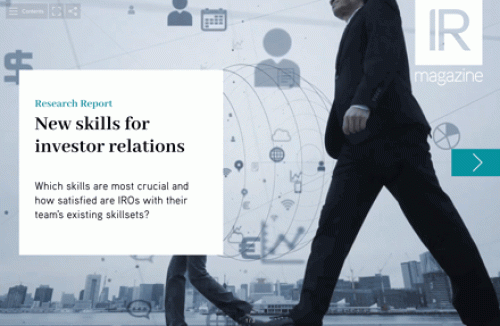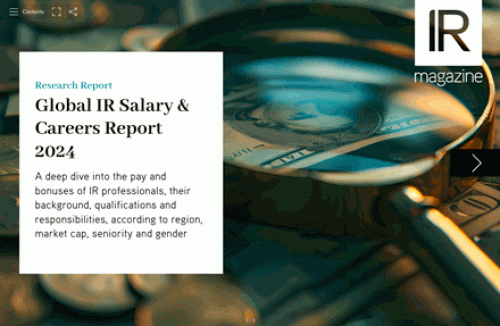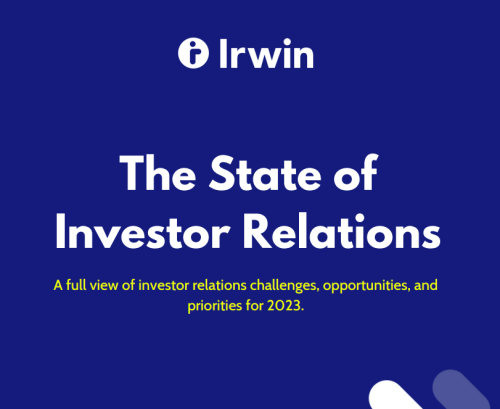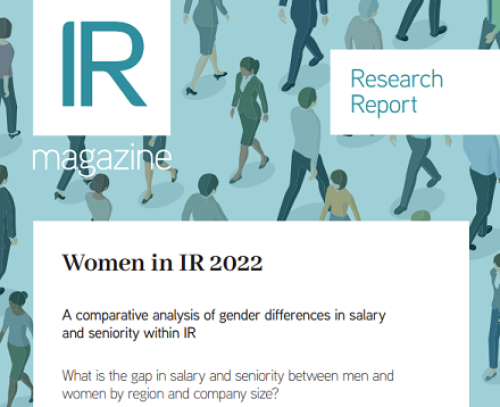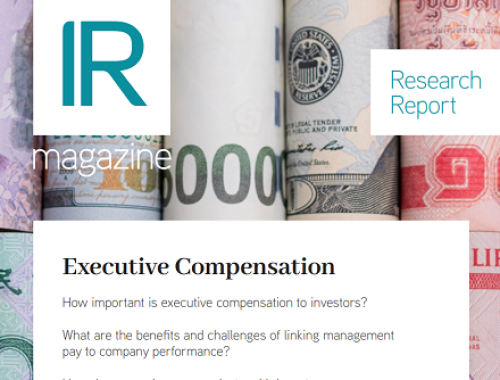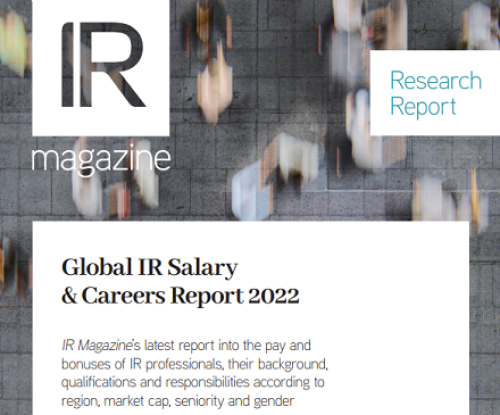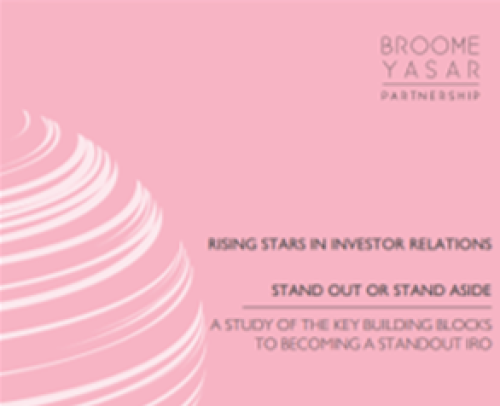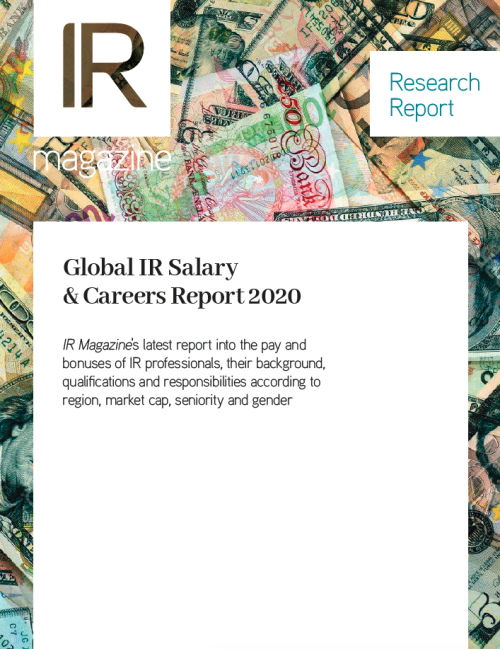More than four fifths (81 percent) of IR practitioners across the Middle East say they feel valued by senior management, up from 73 percent a year ago. That’s according to the latest research from the Middle East IR Association (Meira), hot on the heels of its 10th anniversary conference.
The number of IR professionals in the region who say they play a strategic role in their company is also high, at 86 percent, though Meira says there is little change here on the previous year.
Meira’s research shows that, as capital markets in the region mature, the IR role is being taken more seriously by listed companies. ‘The high-value nature of the function is supported by the fact that firms are investing in IR,’ say the authors of the Middle East Investor Relations Practitioners Survey 2018. Almost a third (31 percent) of respondents say they are planning to grow the size of the function (up from 23 percent in 2017), ‘while 41 percent [have seen] an increase in budget since 2017’.
These last findings are in contrast to general trends seen in Europe and North America, where IR budgets and team sizes have largely remained static or gone down over recent years. But investment in the function across the region’s rapidly evolving markets is essential, Meira says.
‘With the promotion of Saudi Arabia, Qatar, the UAE and Kuwait to emerging market status, the structure of the region’s equity capital markets is about to be revolutionized,’ write the report authors. ‘IR is no longer a ‘nice-to-have’ for MENA’s listed companies: it is now a prerequisite to business success. Without it, companies will struggle to remain relevant to local and international investors, and will see nimbler and better-prepared competitors take investment away from them.’
Another indicator of the growing understanding of and appreciation for the role is the ways in which IR performance is measured, with Meira noting that ‘the changing nature of the KPIs by which IR professionals are measured tells a fascinating story.’ This year, the most common KPIs are announcements and presentations, cited by more than two thirds (69 percent) of respondents. ‘This is a fundamental and welcome development: the IR function is now (as it certainly should be) responsible for the way in which the company presents itself to its stakeholders,’ states Meira.
Other changes in this area include a 9 percentage-point increase in the number measured on the IR website and app, up to 64 percent in 2018, and a drop in the proportion assessed on share price performance – 27 percent in 2018, down from 38 percent last year. ‘This, too, is significant,’ comments Meira. ‘It shows a deeper understanding and appreciation of what IR can and cannot achieve.’
The Middle Eastern IRO
The research also offers a snapshot of what IR professionals in the region look like.
‘If we take the mean average of [respondents to] the survey, the typical IR practitioner in MENA is an Arabic-speaking man, aged between 35 and 44, working for a company listed on a regional exchange. He has been in the role for between one and five years, has a master’s or MBA to go with his bachelor’s degree, and manages a team of between one and two people,’ state the authors.
Of course, there’s a diverse picture behind the averages. In fact, around 40 percent of IR professionals in the region are women, and there has been an increase in IROs aged 25-34 (33 percent, up from 27 percent a year ago). There has also been a big jump in the percentage taking home the lowest pay bracket of less than $50,000 a year, though Meira notes an overall increase in bonuses.
‘The compensation structure of our respondents is revealing,’ note the research authors. ‘The salary range reflects both a growing number of entry-level respondents, along with a greater number of respondents from smaller-cap firms, with the proportion earning under $50,000 per annum rising from 17 percent [in 2017] to 30 percent.’
They also looked at the region’s gender pay gap in a bid to drive home the message to companies that the issue is about more than just pay parity. While the researchers didn’t gather absolute pay data for men and women, the study shows that ‘the large majority of women in the region were paid less than $50,000 per year’ (43 percent compared with 21 percent of men in this bracket), while far more men take home $50,000-$75,000 (19 percent) than do women (just 4 percent). For other salary bands, the difference is smaller and more women than men actually fall into the $75,000-$100,000 bracket.
But it is in the annual bonus that the biggest gender pay gap appears, says Meira, ‘with far more men (52 percent) being paid four months’ salary or more as a bonus than woman (15 percent)’.
Citing a January survey by McKinsey on gender equality in executive teams, Meira points to the financial benefits of diversity and advises companies in the region to take note. The association warns: ‘A continuing gender pay gap could not only deter talented women from entering the profession in future but could also impact the performance of the function, and is an issue for all practitioners to be aware of and to take action on.’

